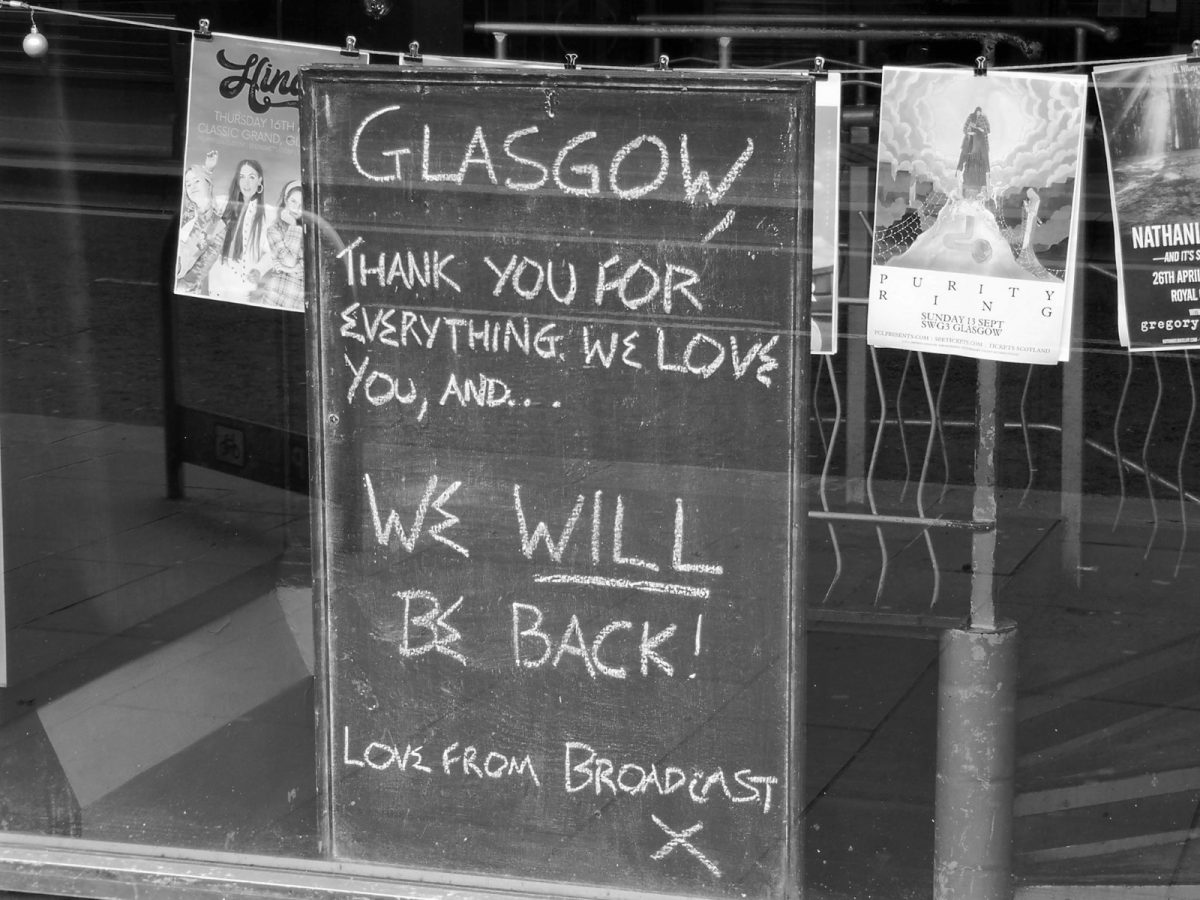
23rd March 2020: British Prime Minister Boris Johnson announced a national Lockdown. Only essential businesses were to stay open. People were ordered to stay home, save lives, protect the NHS. It was three weeks to flatten the curve. Yet, the government never gave an official definition of what they meant by a “Lockdown” or how or if it would ever end.
Signs appeared in shop windows, department stores, offices. Closed due to Coronavirus. Stay Safe. Protect the NHS. Overnight cities became ghost towns. Deserted streets. Boarded-up premises. The public followed orders. They stayed home.
For photographer and archivist Neil McDonald, Lockdown was an opportunity to document the impact of a global pandemic on his home city of Glasgow.
‘Lockdown gave me a chance to get out and photograph and make a record of how things went–particularly how empty the streets were and the touches of boarded-up shops and Covid signs etc..’ McDonald explained to me via email. ‘A whole different perspective–and of course this being a major part of world history, it was good to play my part in recording it. Being able to go out taking photos has been of benefit to my mental and physical health and just added to my love of photography as a whole.’
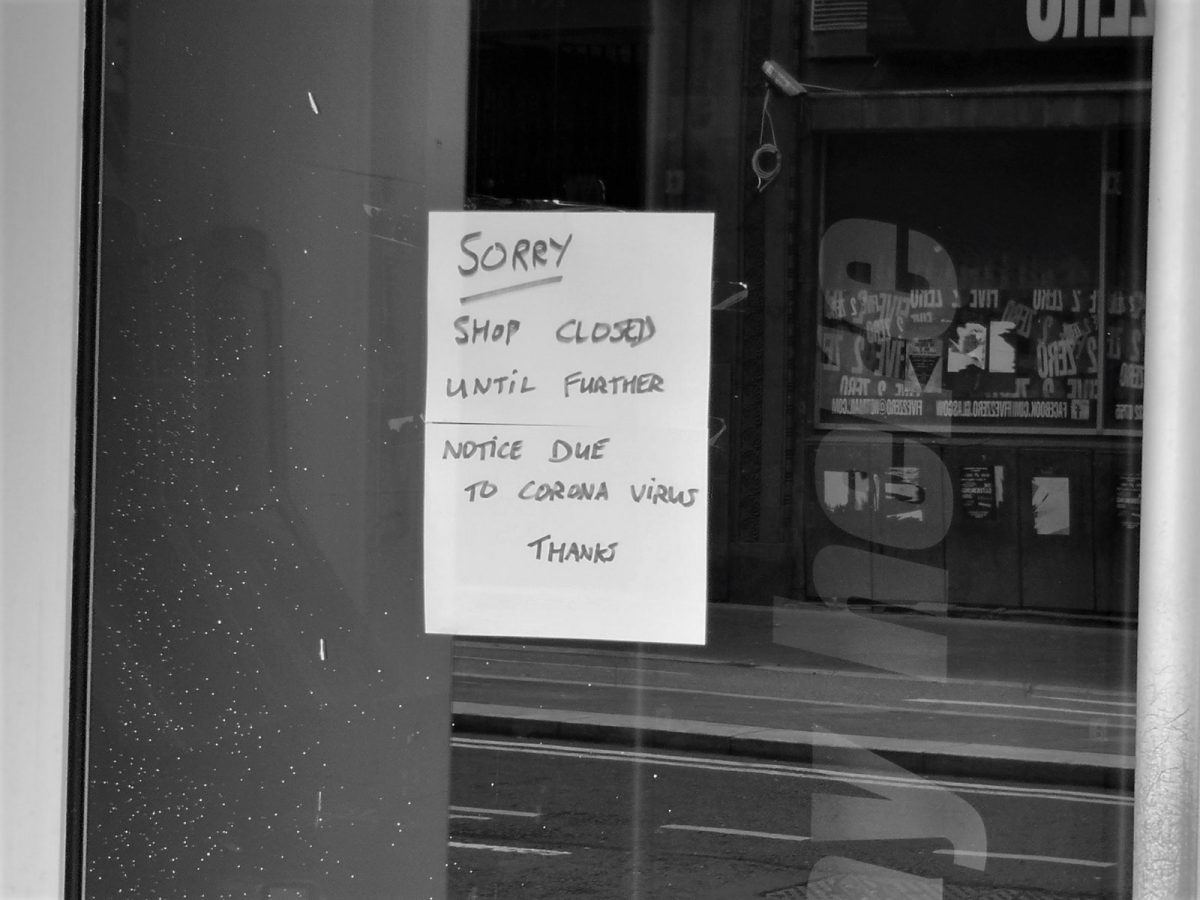
Born and raised in Glasgow, McDonald had a passion for photography and photographs from an early age.
‘I’ve always had a love of history of time and place. The strange thing is there are very few photos of me when I was younger, mainly because no one in the family had a camera. I got my first camera in my mid teens but only snapped family and friends. Sad to say I’ve no idea what happened to these photographs. I was taught by a photographer on how to develop my own photos using a darkroom at a local community centre. This spurred my interest even further.
‘I’m always on the lookout for something to photograph even if I don’t have a camera with me. Although these days with mobile phones you always have a camera. I love the architecture of Glasgow and I always find inspiration in its buildings and structures.’
During Lockdown, McDonald used his free time to create a photographic journal of what was happening or rather not happening in Glasgow. His photographs are beautiful and eerie. The once thronged busy streets look like sets or stills from a dystopian science-fiction movie. The buildings strange structures abandoned by an ancient race.
McDonald’s inspiration comes from filmmakers like Ken Russell (who was originally a photographer), Nic Roeg, and John Boorman. He is also influenced by photographers like Bill Brandt, David Bailey, Dorothea Lange, Gordon Parks, and Henri-Cartier Bresson. And by more recent photographers like Alan Dimmick and Zeno Watson. He also sites the late documentarian David Peat as an influence, with whom he briefly worked while at the BBC.
‘Some might say I take photos of everything I see going by the amount of photos I do take. I always find inspiration in buildings and structures and I’m always looking up as I walk about. I find it amazing the amount of stuff you don’t notice on a day-to-day basis.’

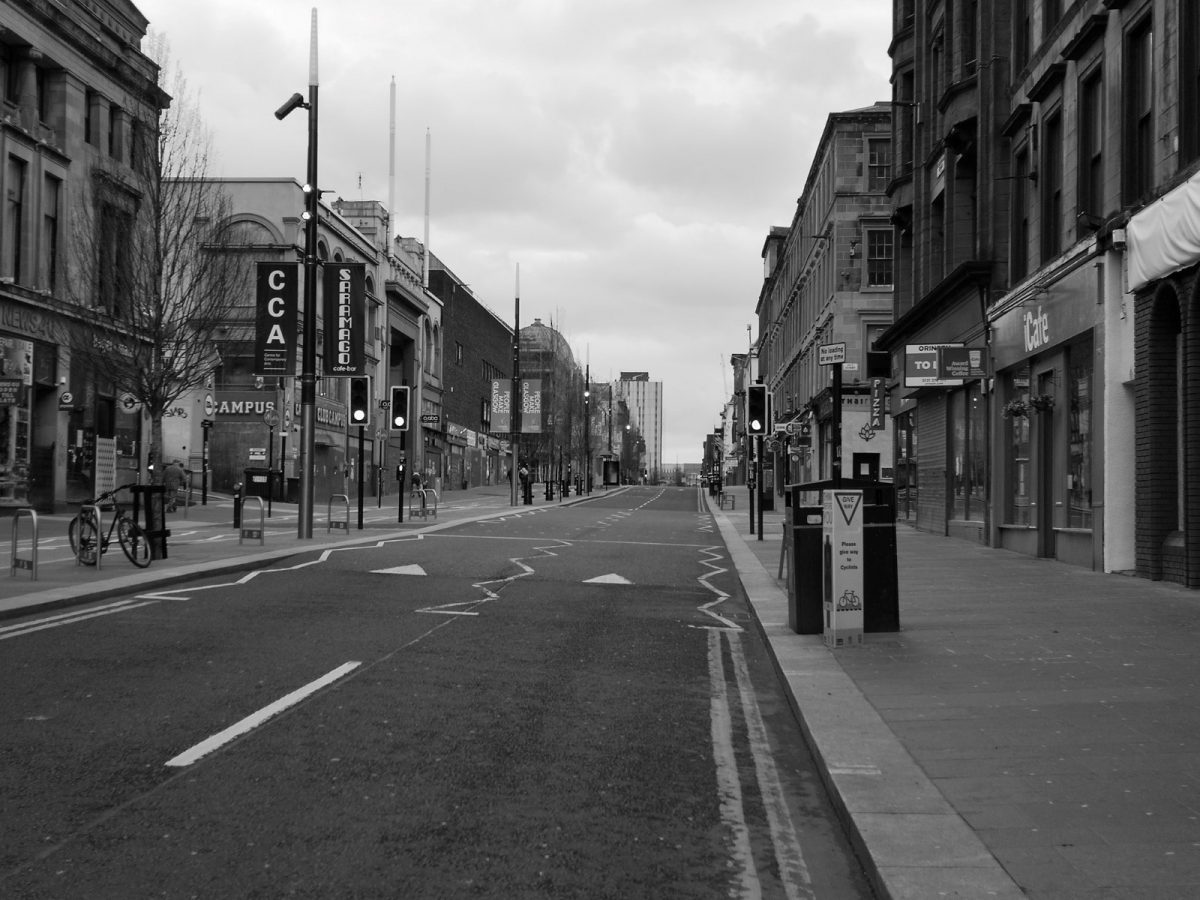
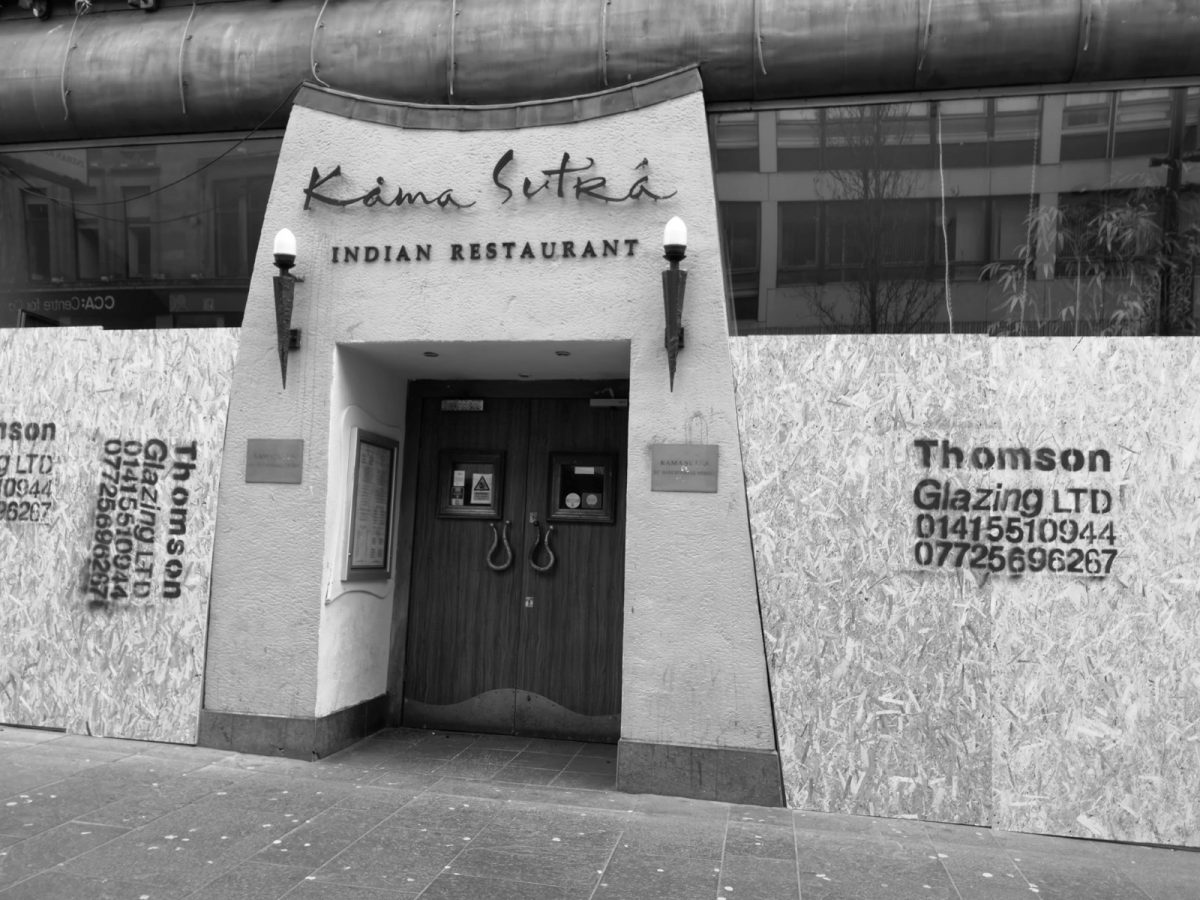
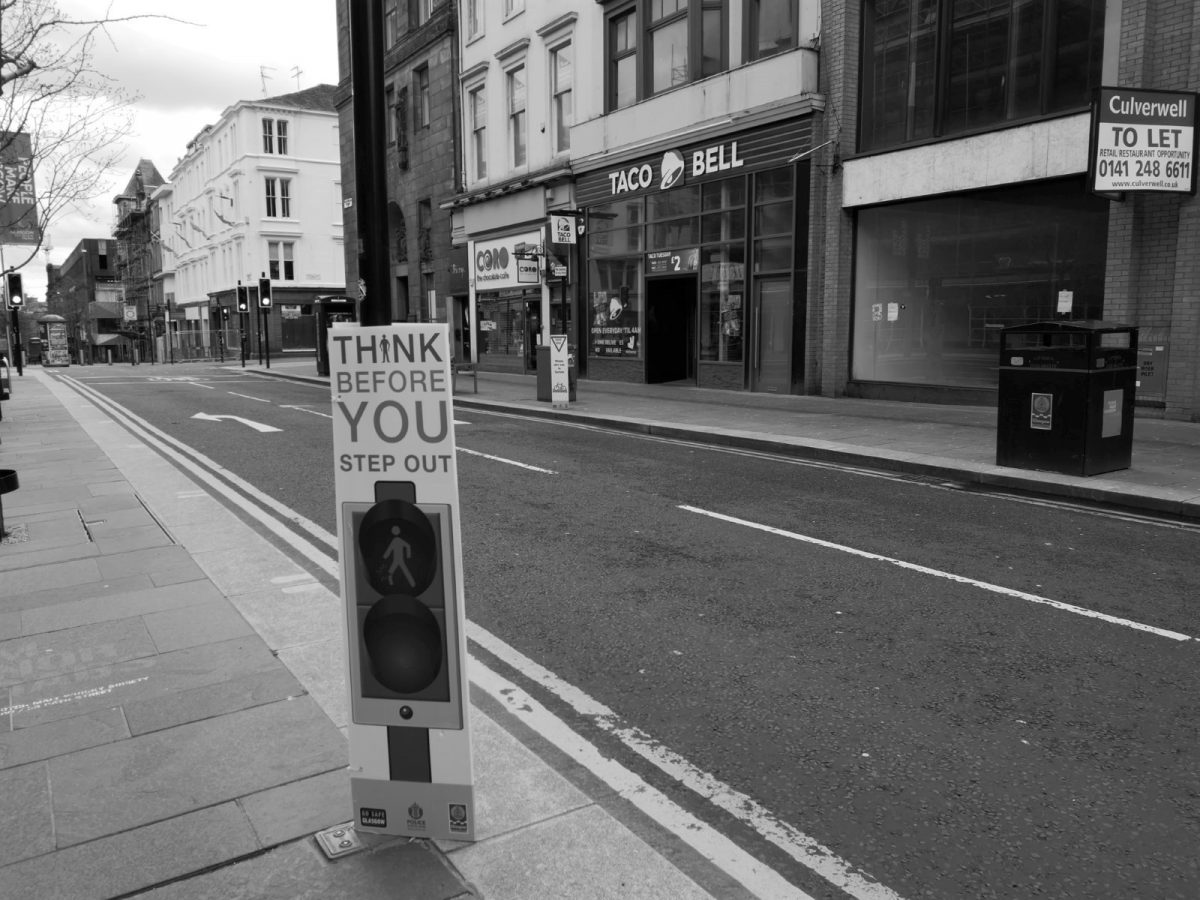
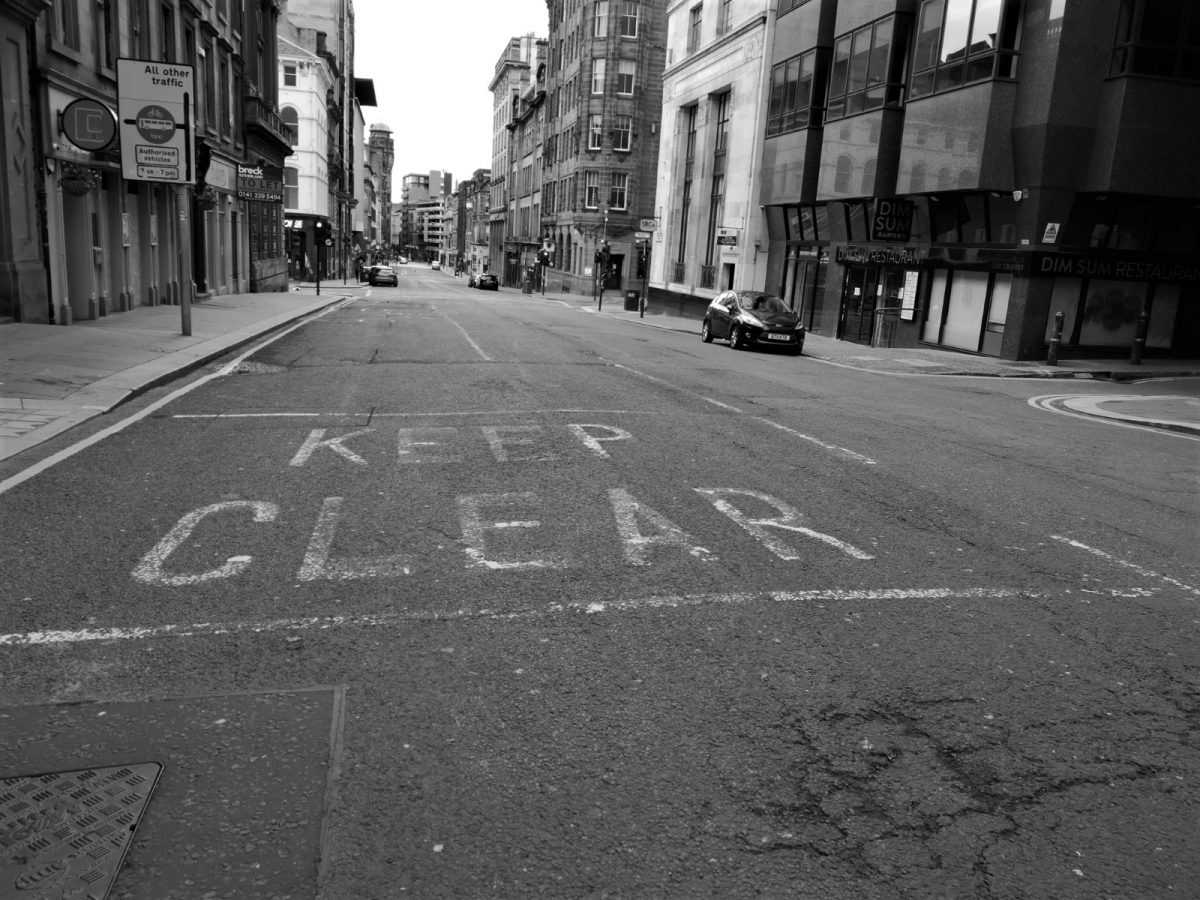
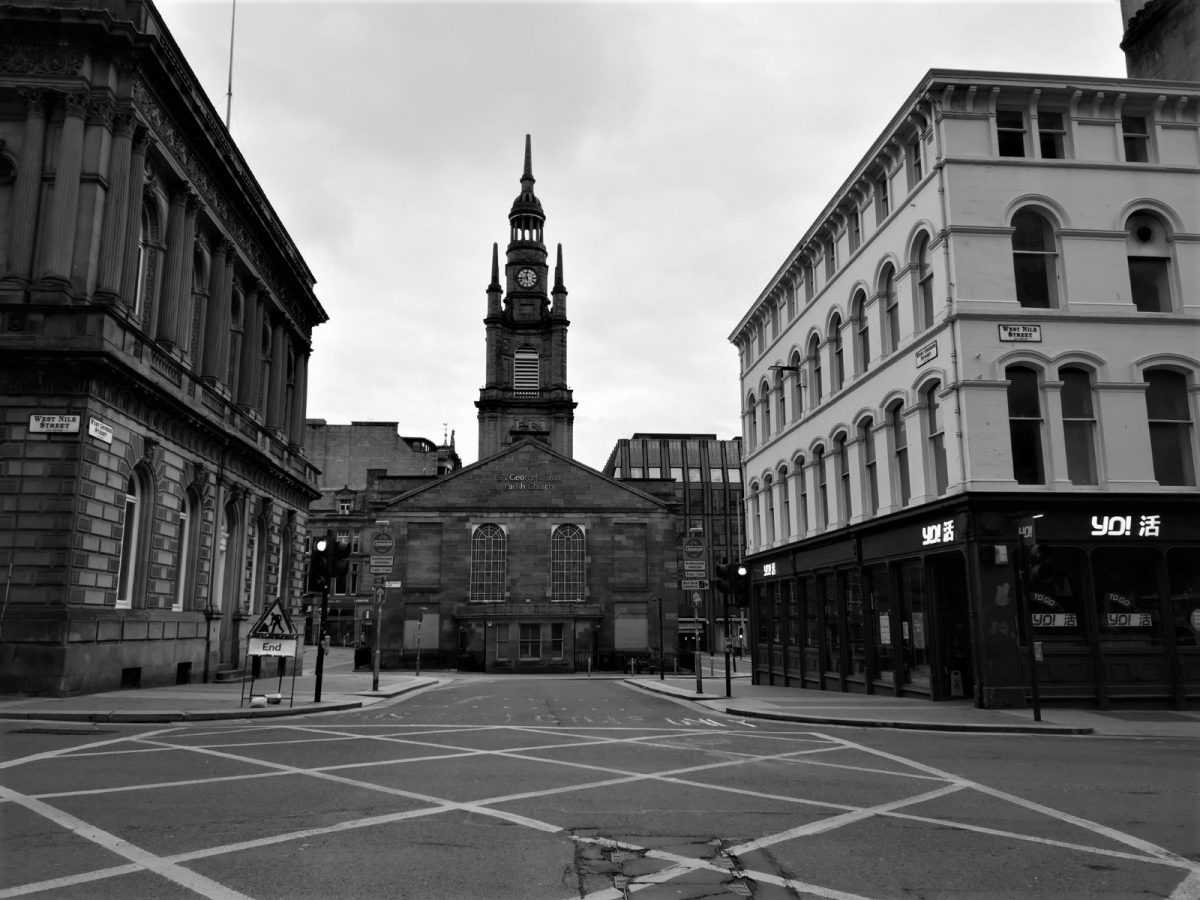
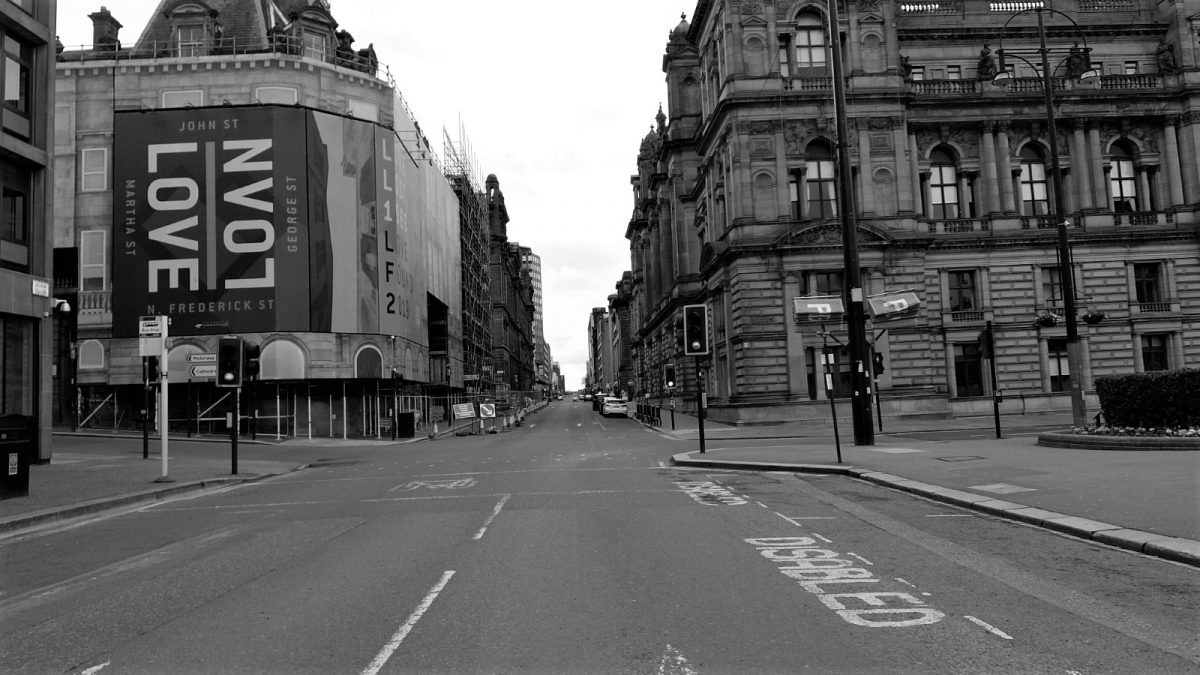
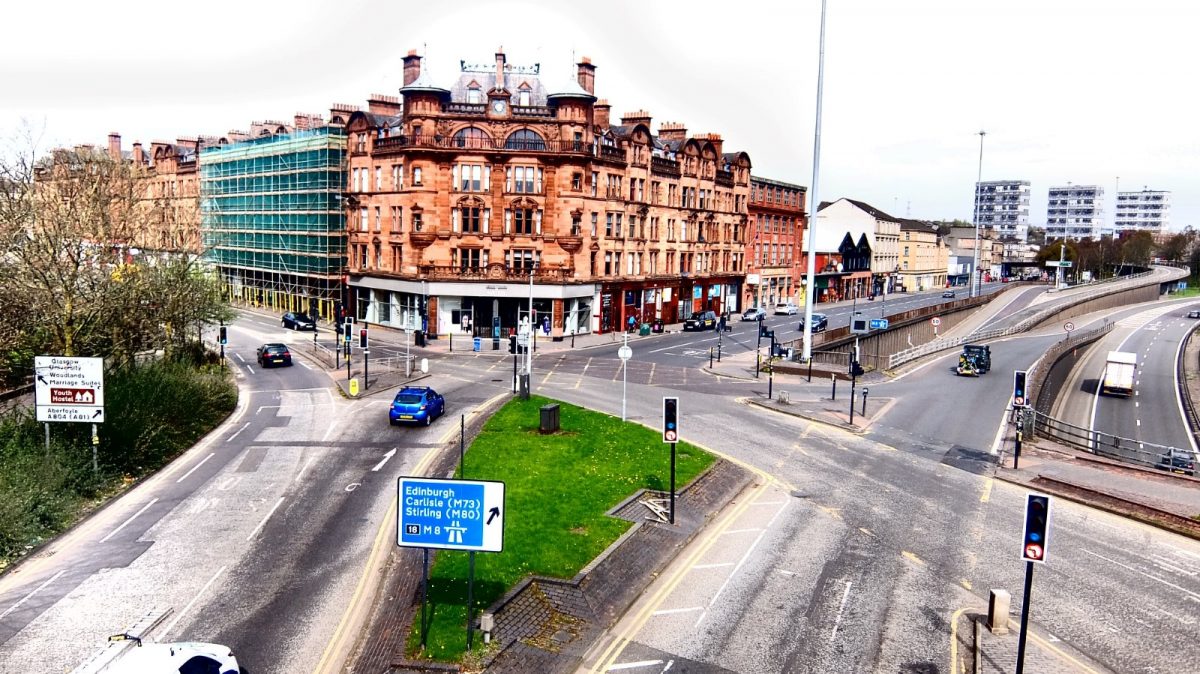
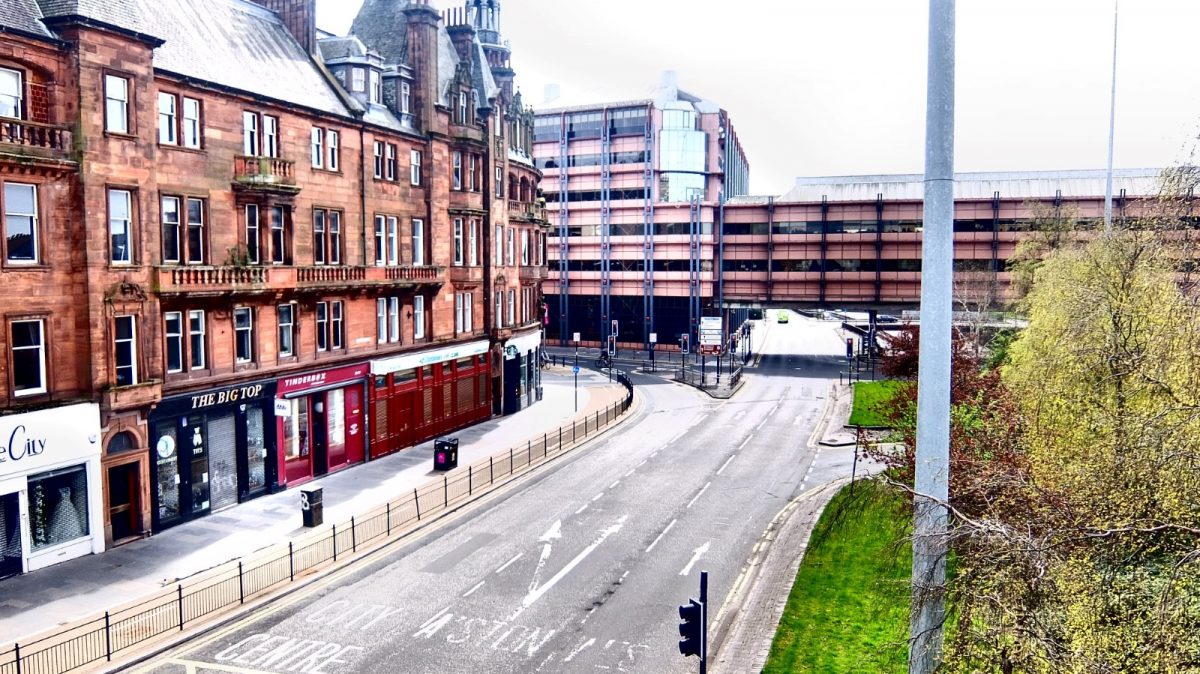
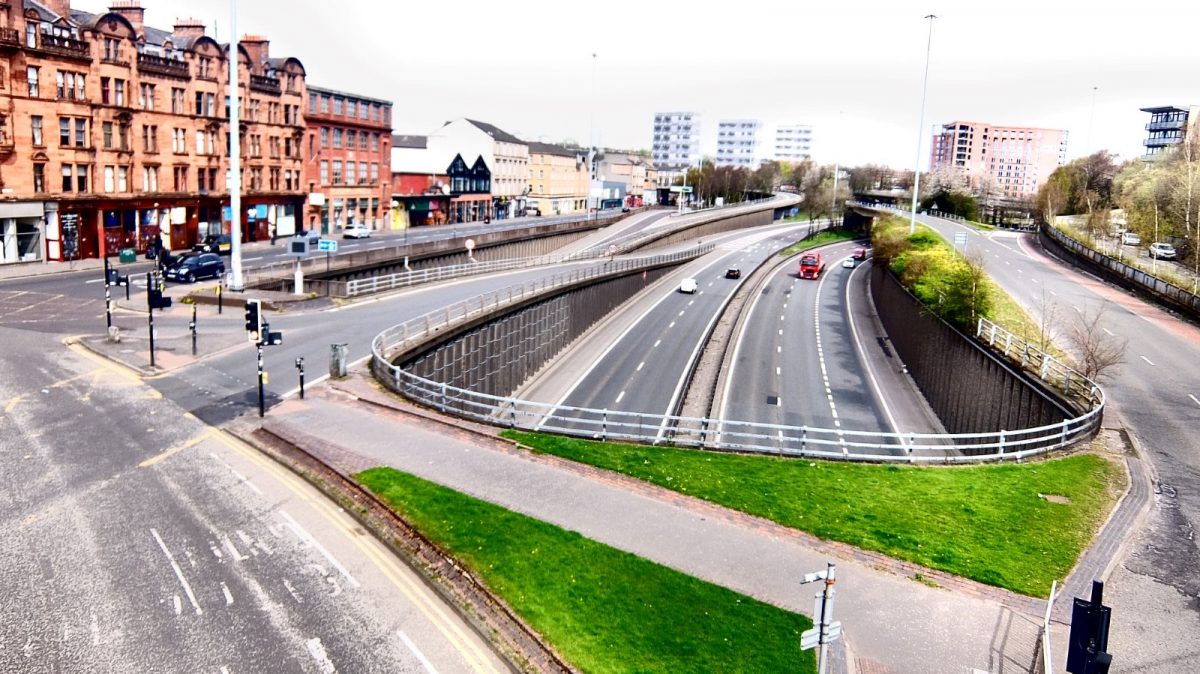

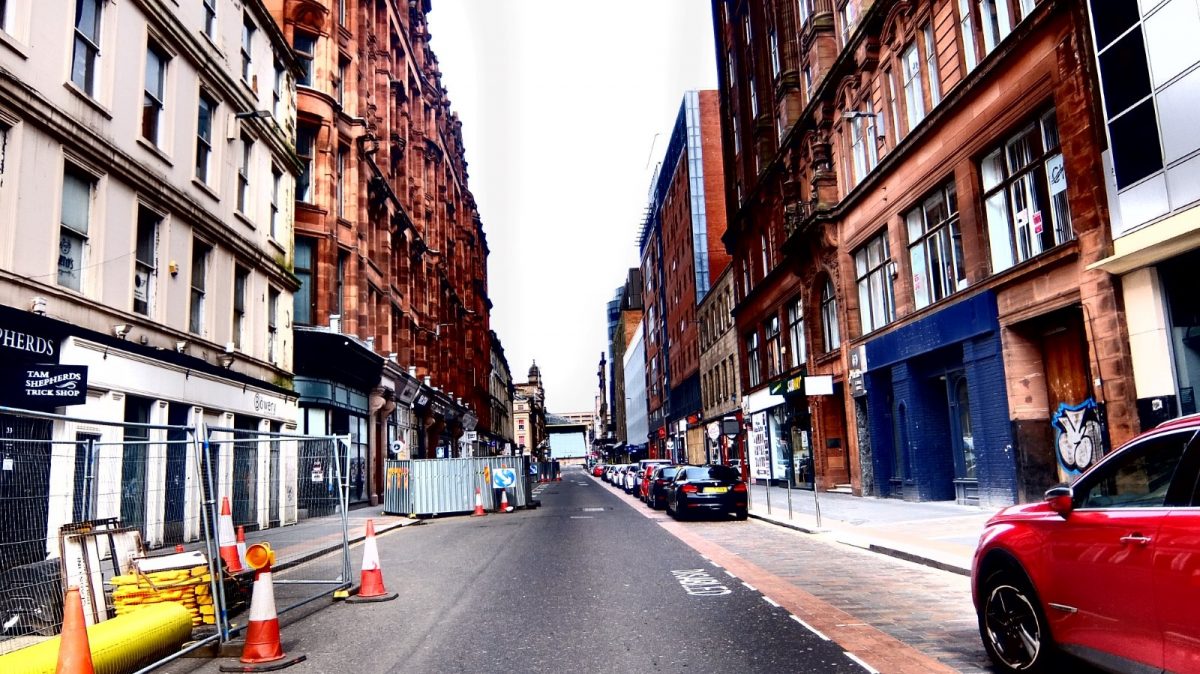
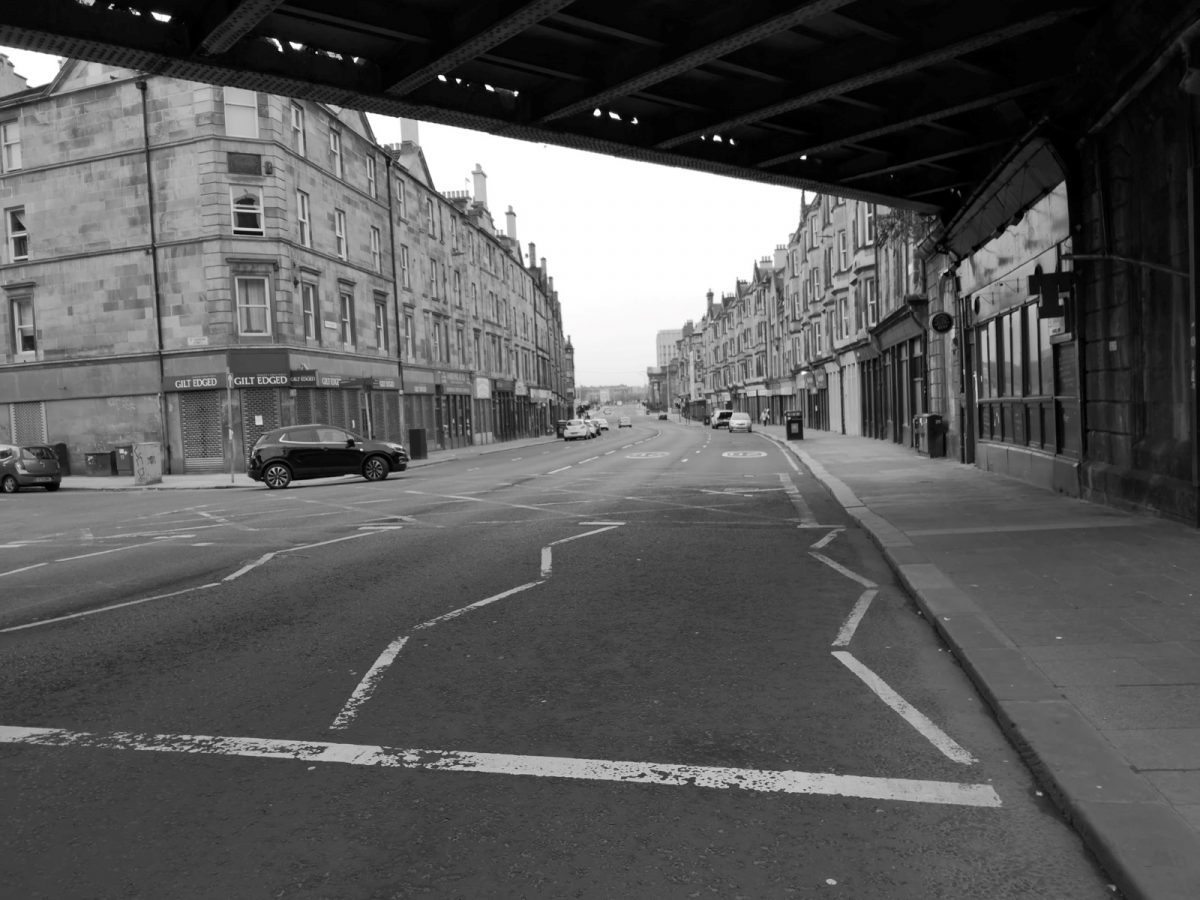
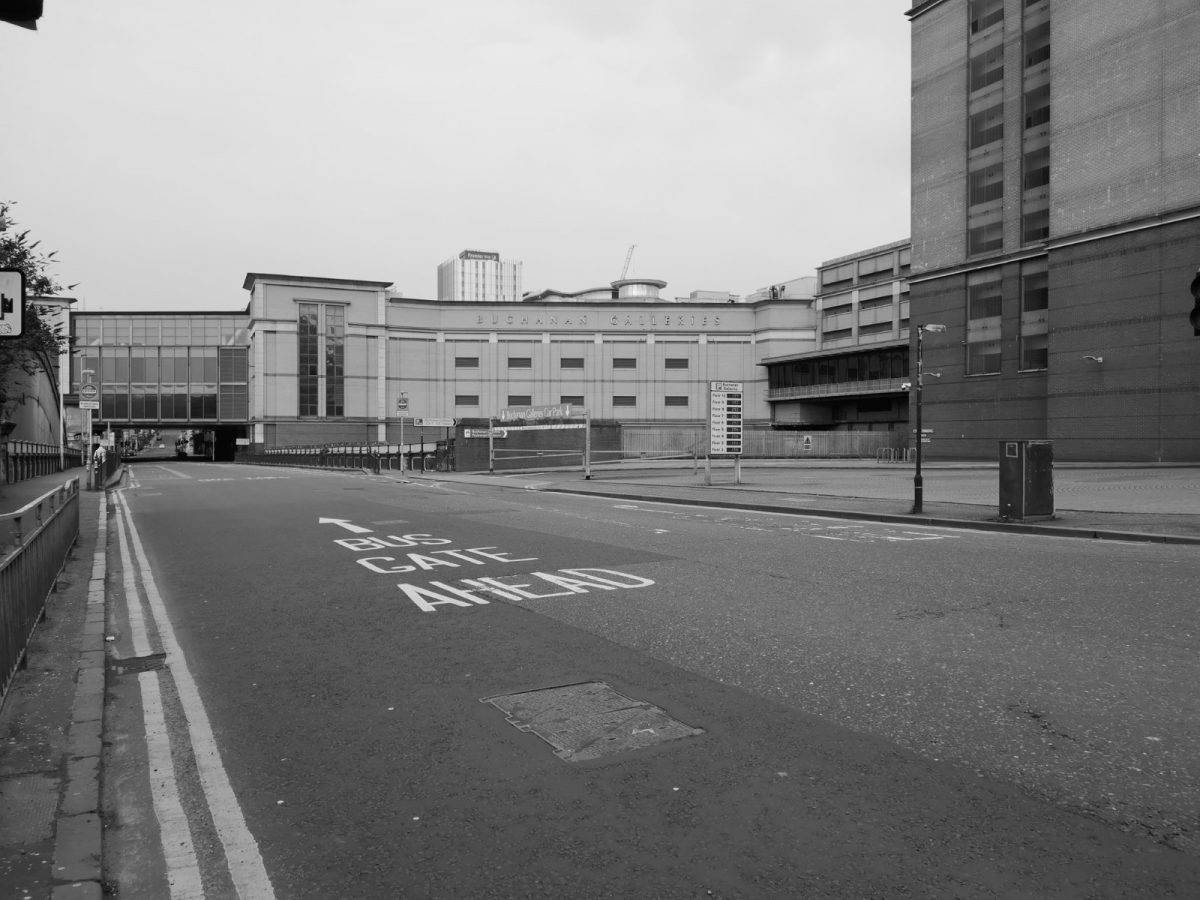
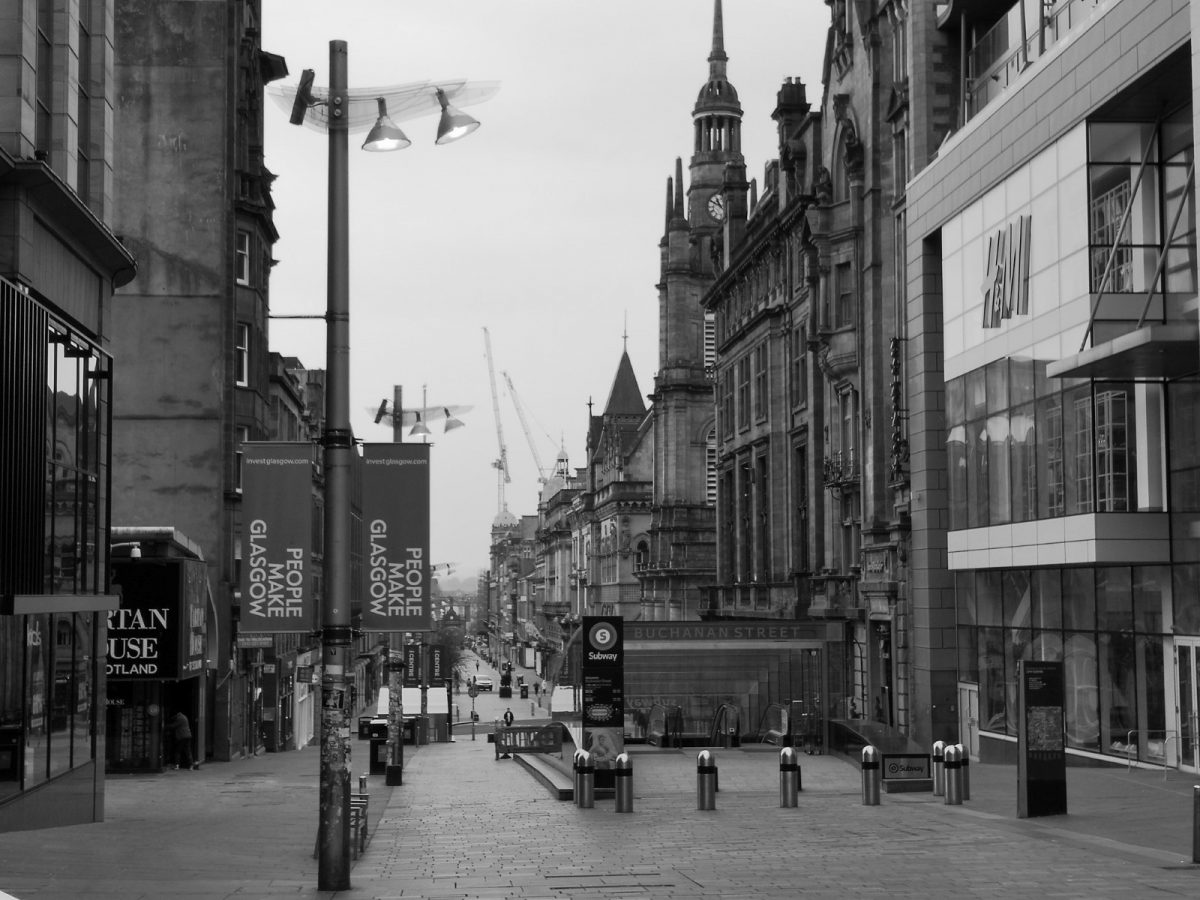
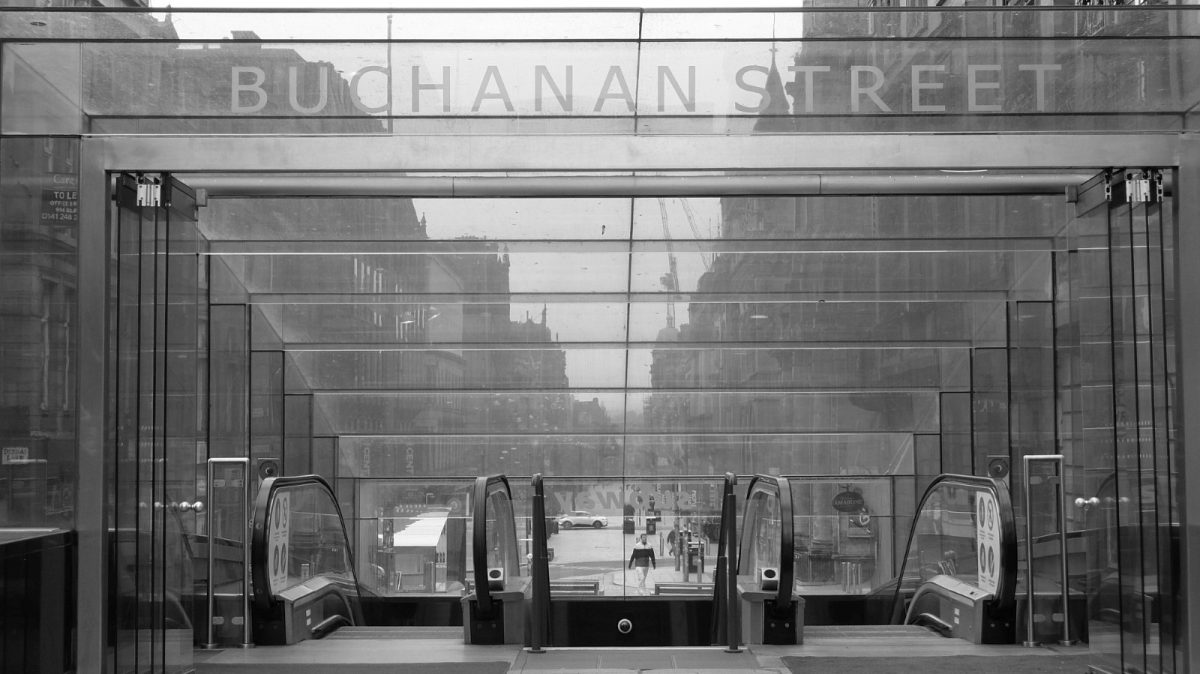
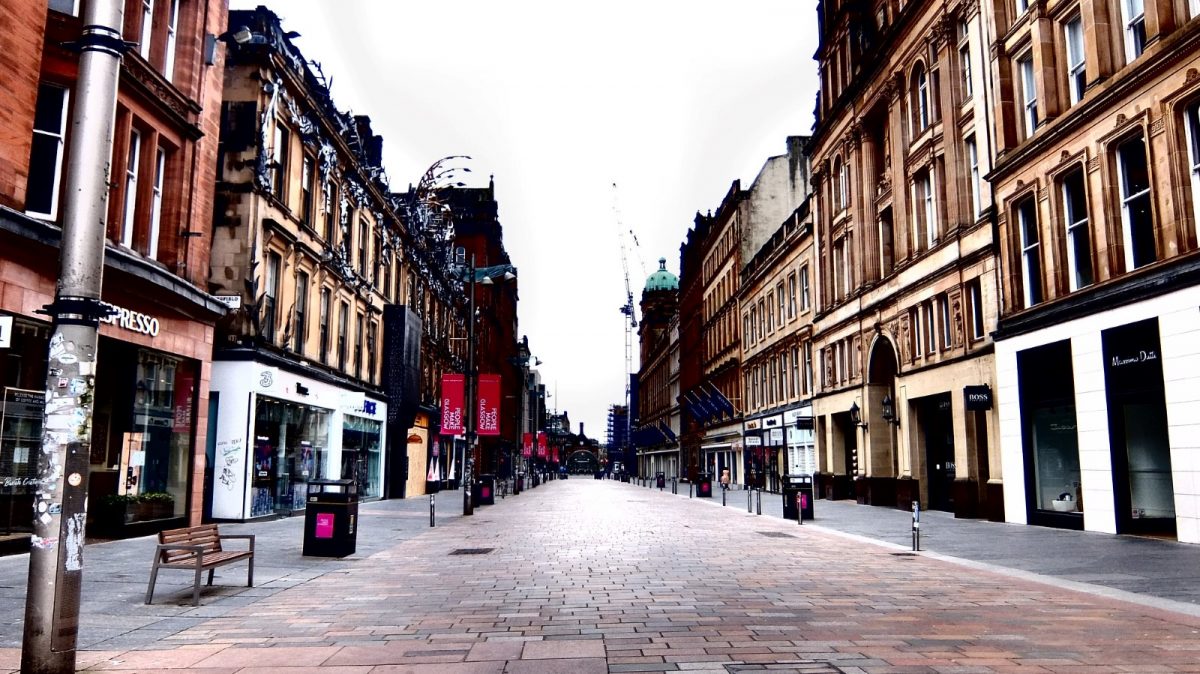
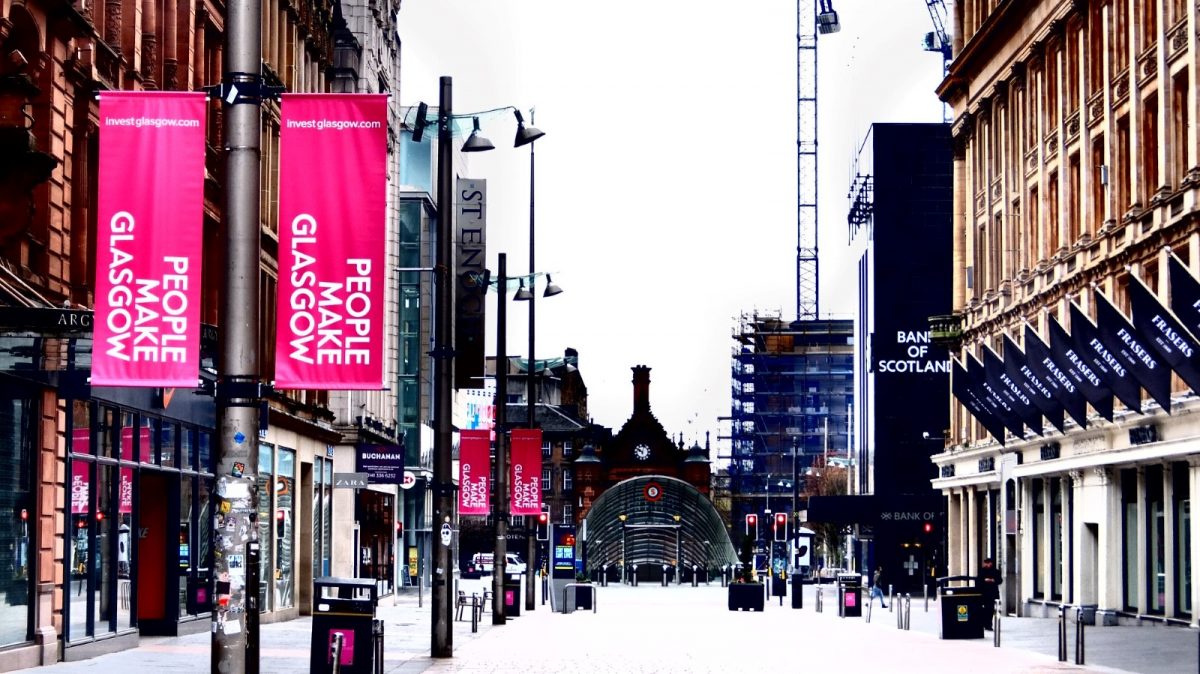
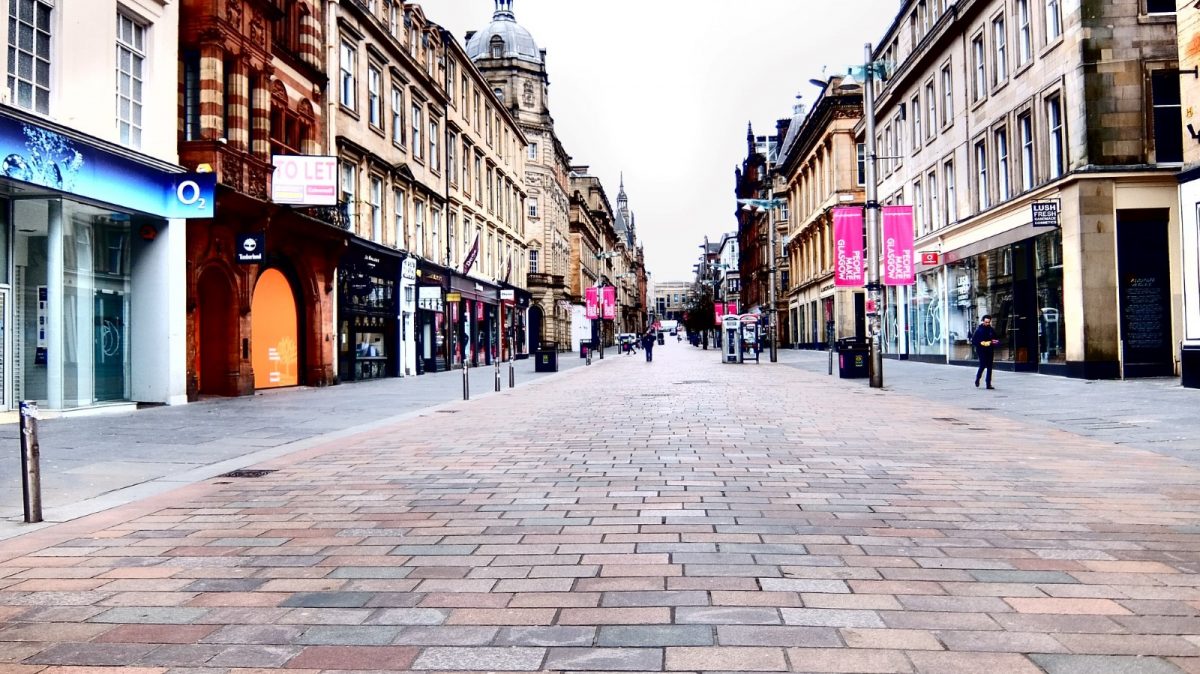
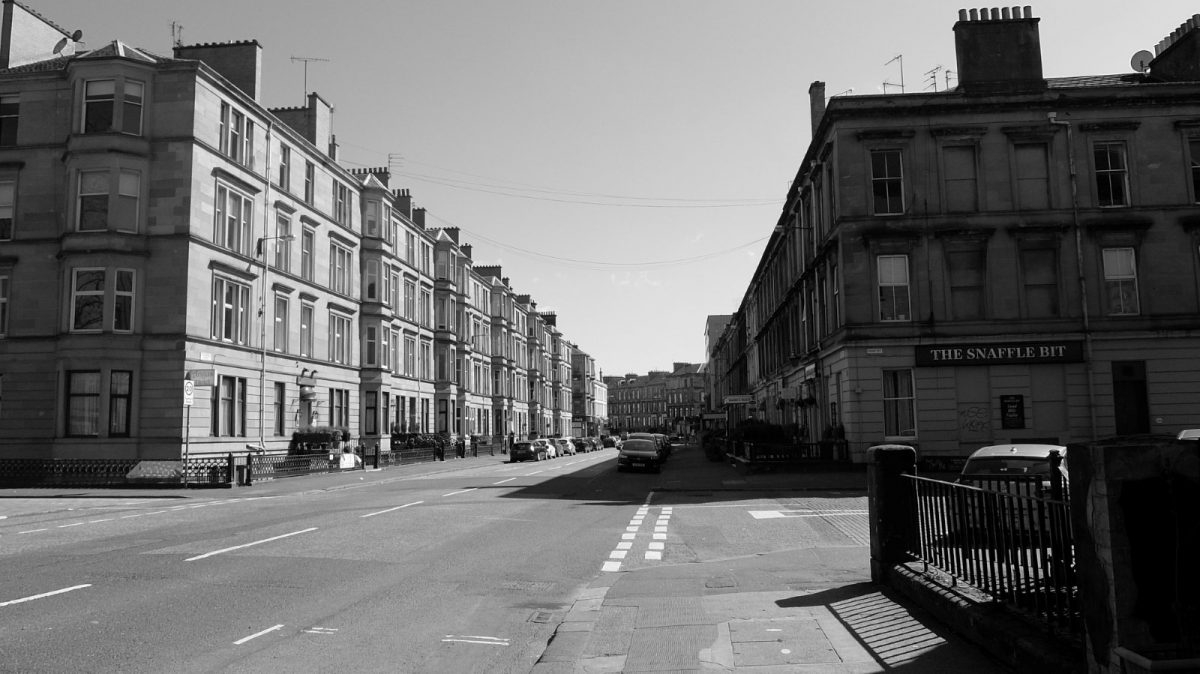
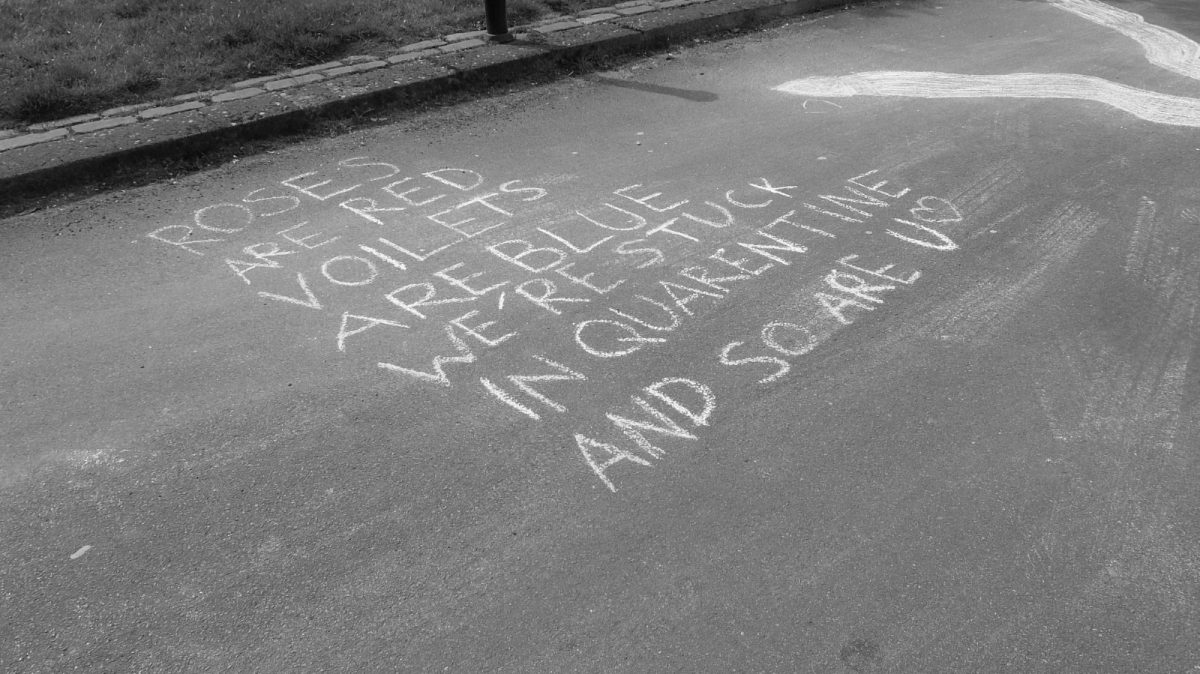

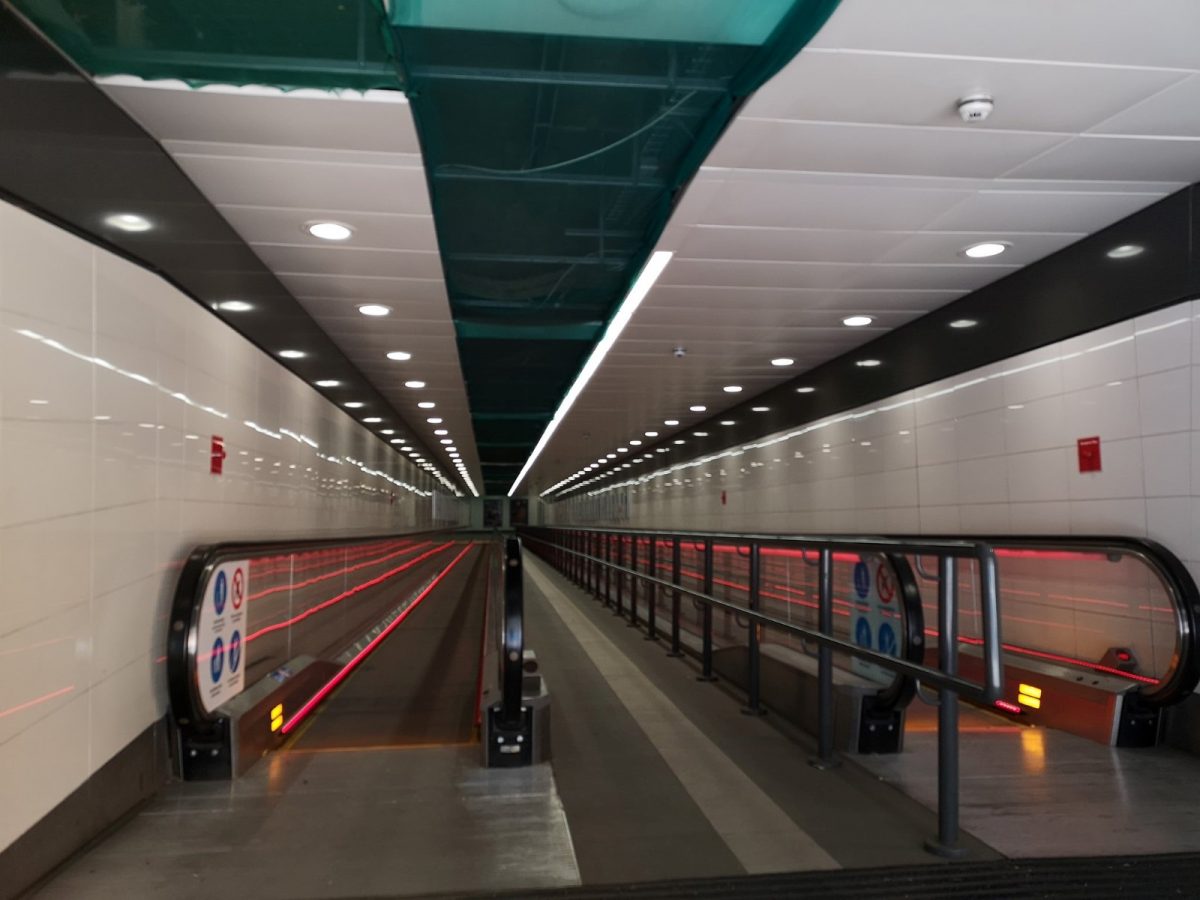
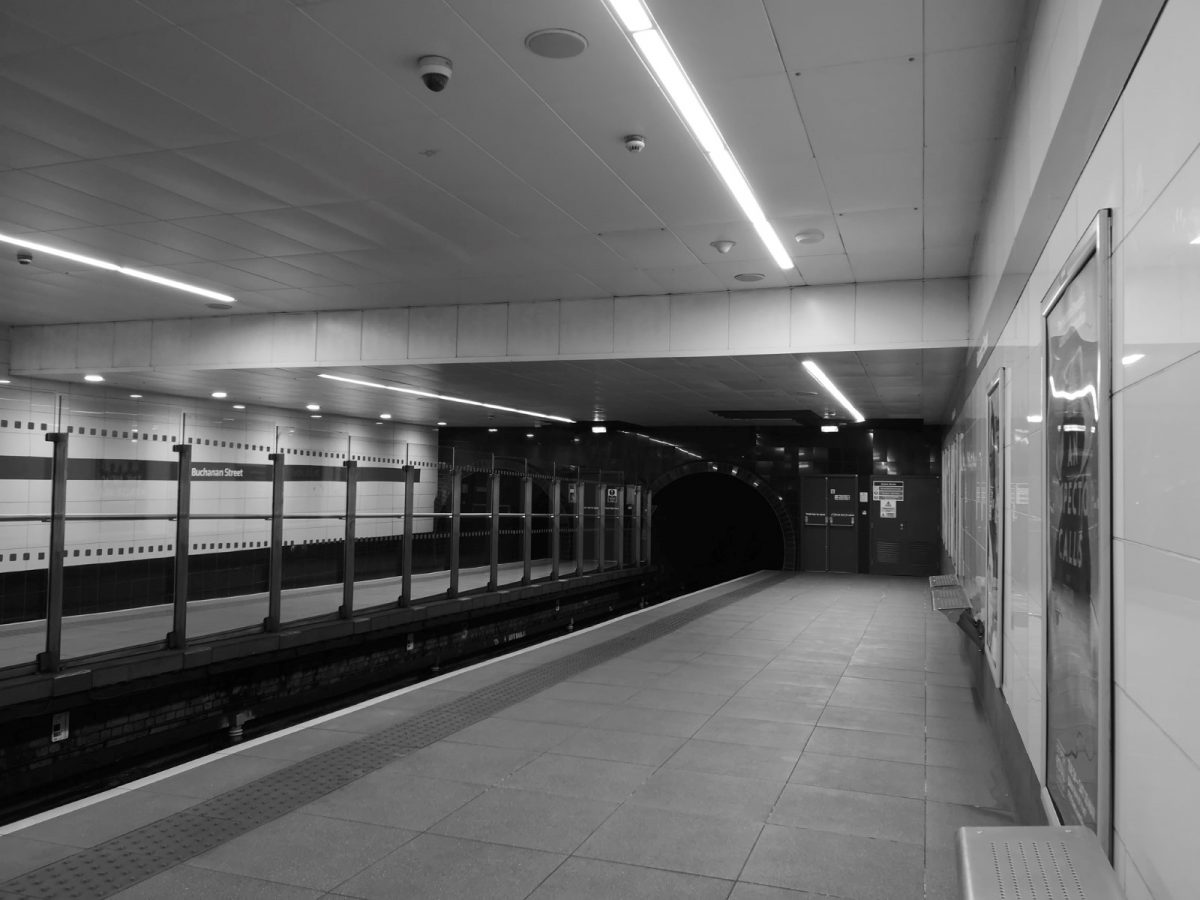
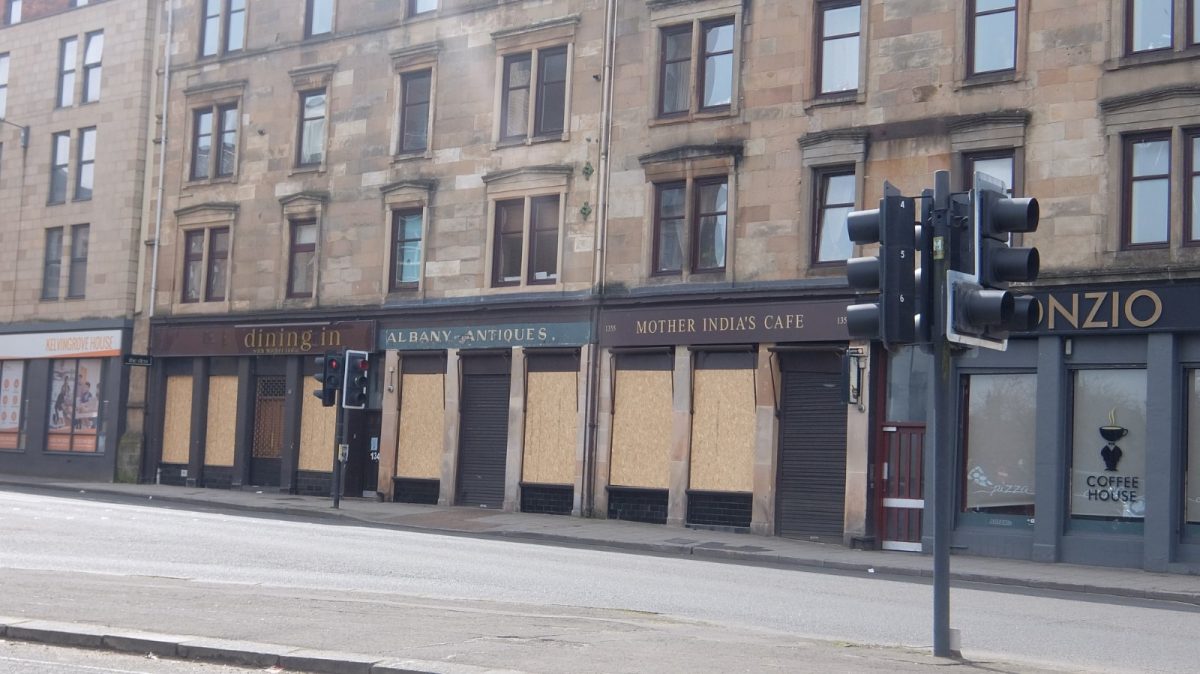
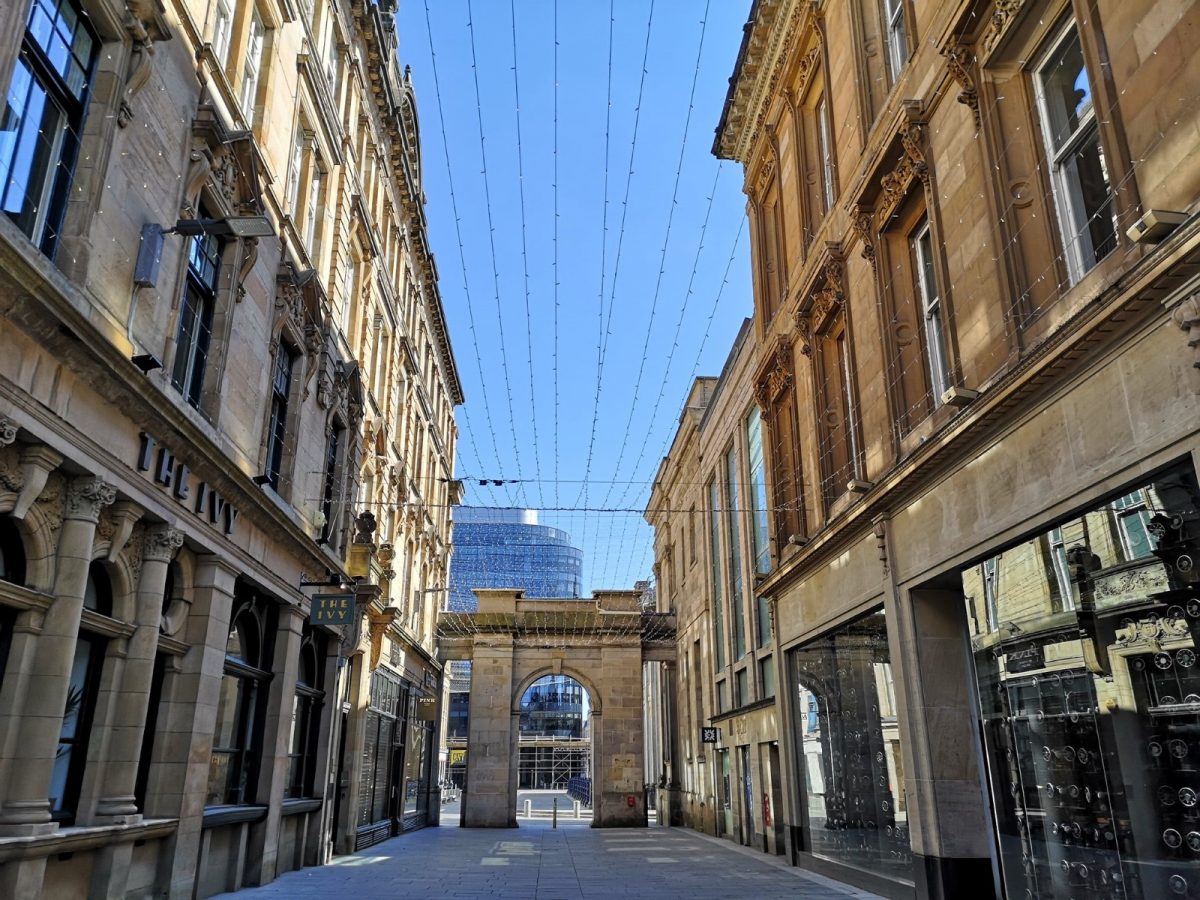
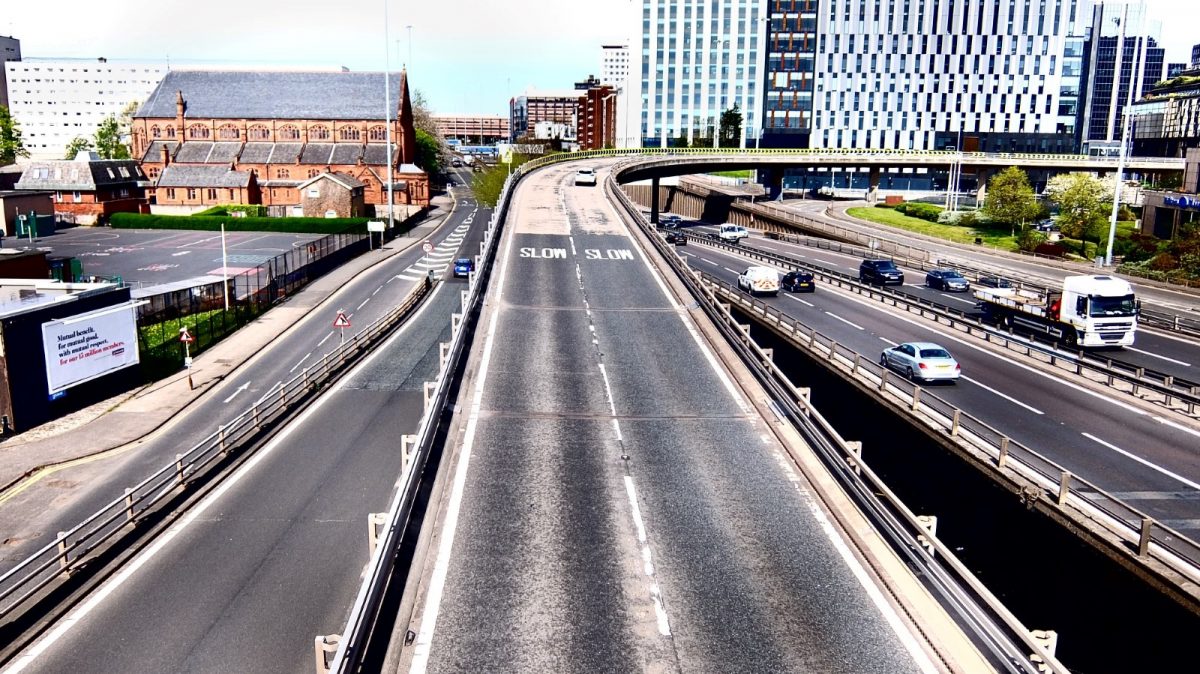
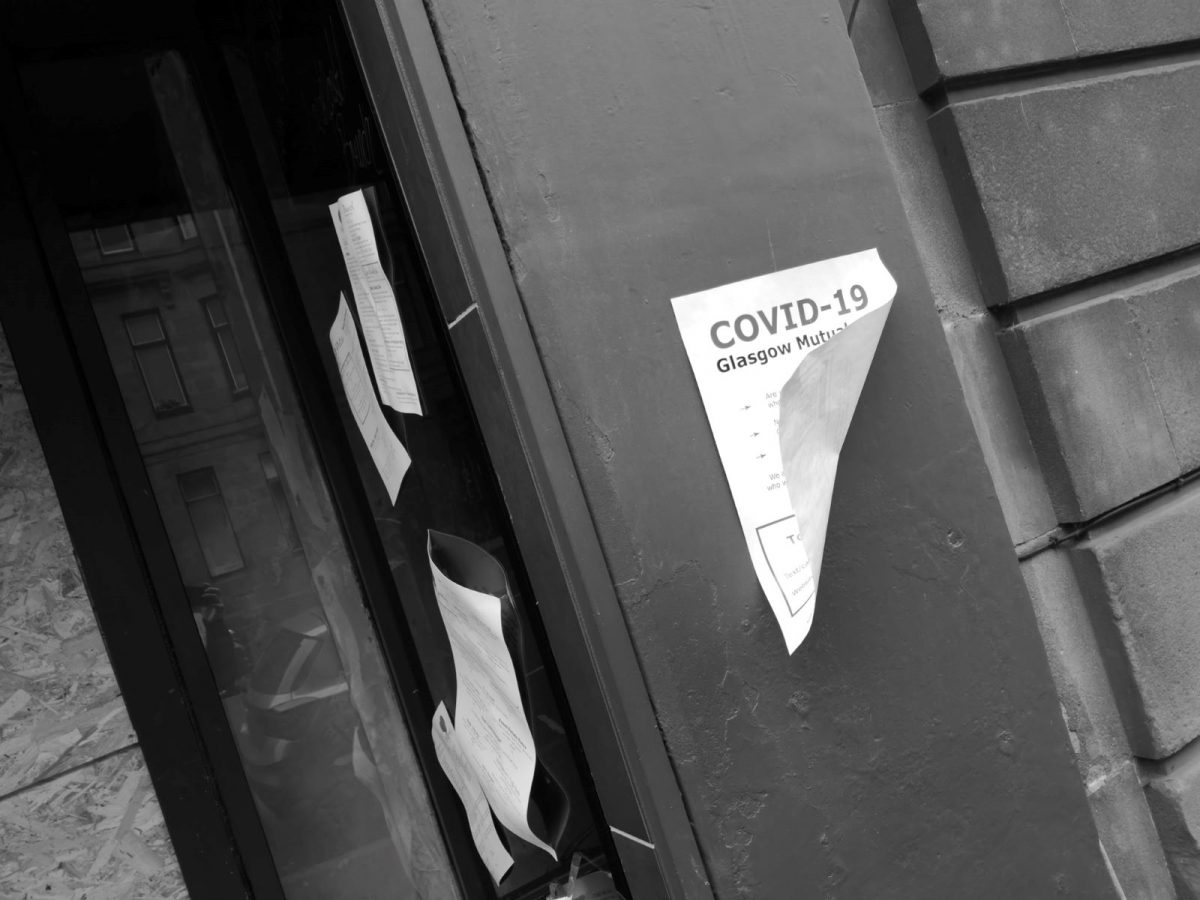
All images copyright Neil McDonald used by kind permission.
Would you like to support Flashbak?
Please consider making a donation to our site. We don't want to rely on ads to bring you the best of visual culture. You can also support us by signing up to our Mailing List. And you can also follow us on Facebook, Instagram and Twitter. For great art and culture delivered to your door, visit our shop.



